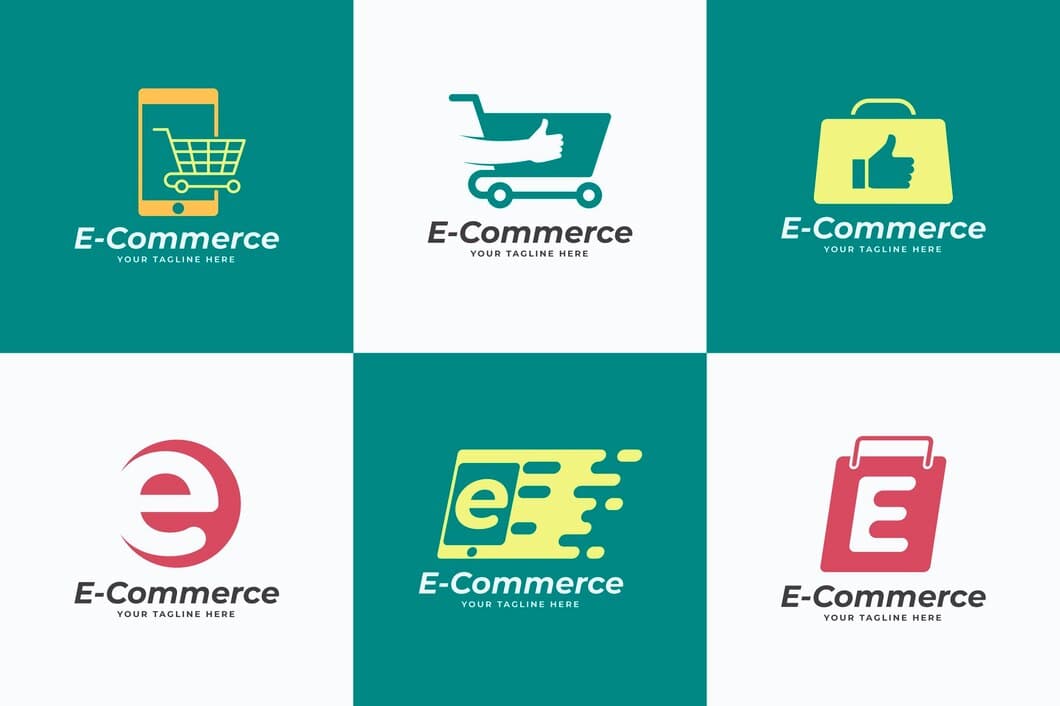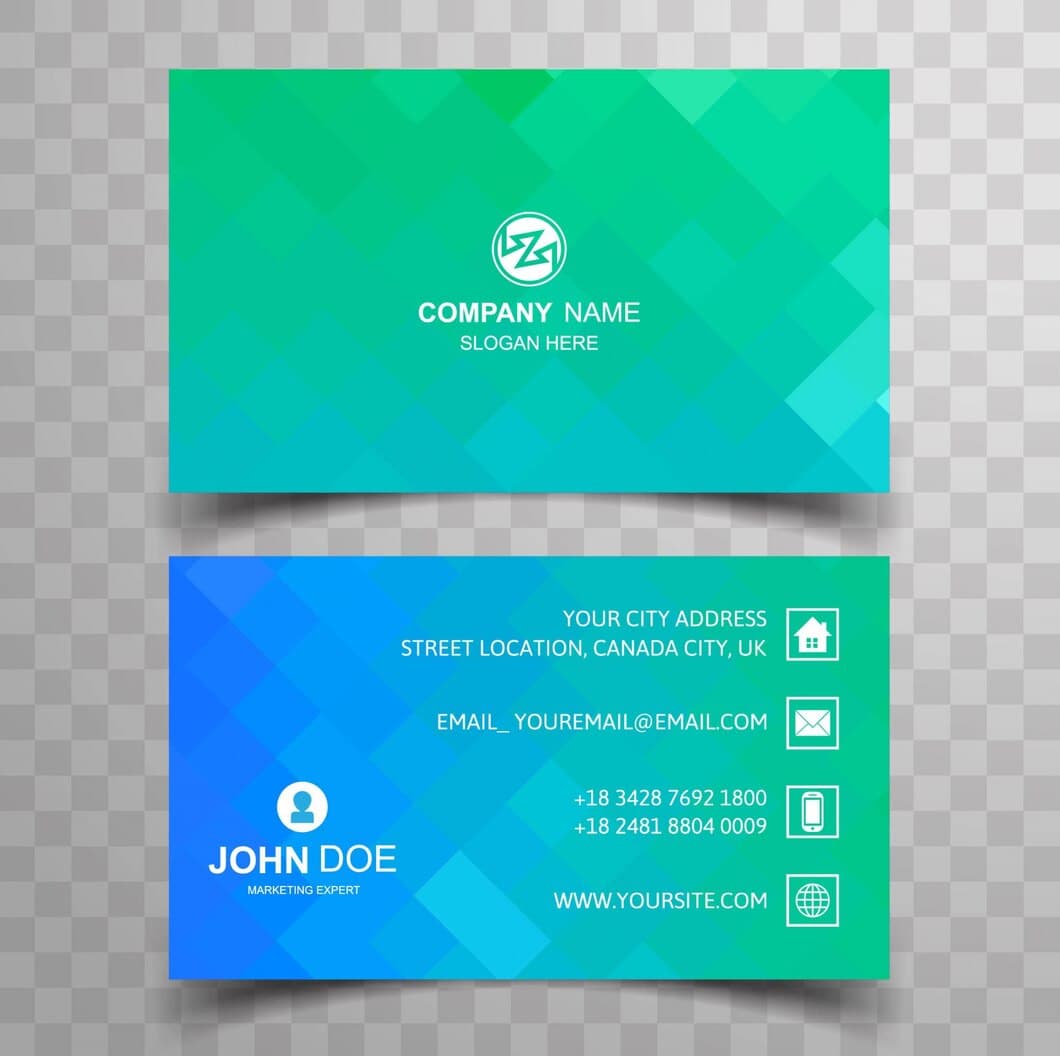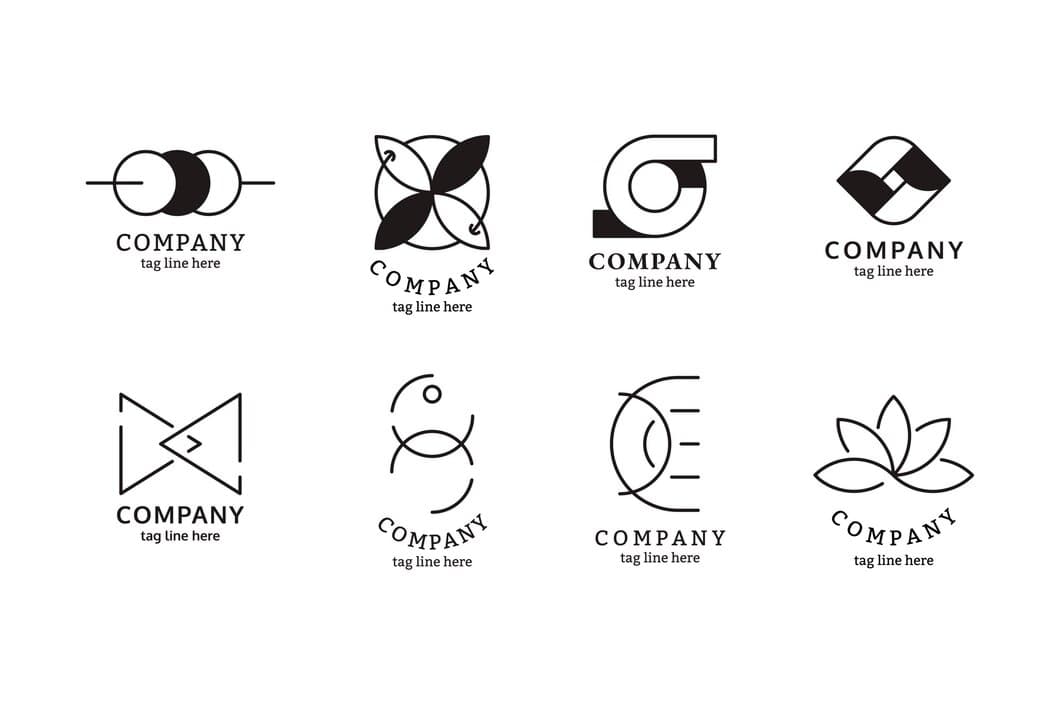What Are The Three Stages Of Brand Loyalty?

Brand loyalty is a customer's tendency to prefer one brand over another over time. Developing brand loyalty is essential for businesses, as it can lead to increased sales, profits, and market share. There are three main stages of brand loyalty: cognitive, affective, and behavioral.
Cognitive loyalty is the most basic level of brand loyalty. Customers at this stage are aware of the brand and its products or services and have a positive opinion of them. They may not be actively loyal to the brand, but they are more likely to purchase from it than from a competitor.
Three stages of brand loyalty

Cognitive stage
The cognitive stage is the first stage of brand loyalty wherein consumers begin to recognize and understand a particular brand's features and attributes. In this stage, consumers are also starting to develop emotional attachment to the brand, which can lead to cognitive dissonance if their expectations are not met.
The cognitive stage involves a rational decision where buyers choose a brand based on information or knowledge. The brand that is seen as having superior quality, features, or benefits will be the one that is chosen in this stage.
At this stage, consumers are focused on functional attributes and price. This stage is also defined by low involvement and little to no brand loyalty. Consumers will consider a variety of brands and are likely to switch brands if the price or quality is lower.
To move consumers from the cognitive stage to the attitudinal stage, marketers must focus on providing information that highlights the benefits of their brand. This can be done through advertising, public relations, and social media.
Affective stage
The affective stage is the third and final stage of brand loyalty. At this stage, consumers have a strong emotional attachment to the brand and feel a sense of loyalty towards it. They are likely to be repeat purchasers of the brand's products and services and are willing to recommend the brand to others.
Consumers in the affective stage of brand loyalty are likely to be highly satisfied with the brand's products and services, as they feel they meet their needs and expectations. They are also likely to perceive the brand as having a positive image and reputation, and as being a brand that they can trust.
The affective stage of brand loyalty is important for businesses, as it can lead to increased sales, profits, and customer retention. Businesses can encourage consumers to enter the affective stage of brand loyalty by providing excellent customer service, offering high-quality products and services, and building strong relationships with their customers.
Behavioral stage

The third and final stage of brand loyalty is the behavioral stage. This stage is characterized by customers' habitual and automatic purchasing behavior towards a particular brand. Customers in this stage have a strong preference for a particular brand and are likely to continue purchasing it even when there are other alternatives available.
Behavioral loyalty is the result of a long-term relationship between a customer and a brand. Over time, customers develop positive associations with the brand and come to trust and rely on it. This trust and reliance lead to customers being more likely to purchase the brand's products or services.
Behavioral loyalty is a valuable asset for businesses. Customers in this stage are more likely to spend more money with the business and are less likely to switch to a competitor. As a result, businesses should focus on building strong relationships with their customers and encouraging them to move into the behavioral stage of brand loyalty.
There are a number of things that businesses can do to encourage customers to move into the behavioral stage of brand loyalty. These include:
Cognitive stage
The cognitive stage is the second of the three stages of brand loyalty and is characterized by customers having a positive attitude towards the brand and a strong belief in its superiority. At this stage, customers are likely to be repeat purchasers of the brand's products or services and are willing to pay a premium for them. They are also likely to be advocates for the brand, recommending it to others.
The cognitive stage is typically reached after the affective stage, when customers have had positive experiences with the brand and have developed a strong emotional attachment to it. This attachment leads to customers being more likely to trust the brand and to believe in its promises. The cognitive stage is also influenced by customers' perceptions of the brand's quality, value, and reputation.
Characteristics of cognitive stage
The cognitive stage is the first stage of brand loyalty, and it is characterized by the consumer's ability to recognize and recall the brand. At this stage, the consumer has not yet developed a strong emotional attachment to the brand, but they are familiar with it and can easily identify it from other brands. The cognitive stage is often the result of repeated exposure to the brand's advertising and marketing campaigns.
As the consumer becomes more familiar with the brand, they begin to develop a positive attitude towards it. This is due to the fact that the brand has met their expectations and has provided them with a positive experience. As the consumer's attitude towards the brand becomes more positive, they are more likely to purchase the brand again and recommend it to others.
Brand awareness
Brand awareness is the first stage of brand loyalty, and it occurs when consumers become aware of a brand and its products or services. This can happen through advertising, public relations, social media, or word-of-mouth. Brand awareness is important because it helps consumers to remember a brand and its offerings, which can lead to increased sales.
The second stage of brand loyalty is brand preference, which occurs when consumers begin to prefer one brand over others. This can happen due to positive experiences with the brand, such as good customer service or high-quality products. Brand preference is important because it indicates that consumers are likely to choose a brand over its competitors, even if the price is higher.
Brand recognition
Brand recognition is the first stage of brand loyalty and occurs when customers are able to recognize a brand by its name, logo, or other identifying features. This stage is important because it helps to create a positive印象 of the brand and can lead to increased sales and profits.
Brand recognition can be achieved through a variety of marketing activities, such as advertising, public relations, and social media. It is important to use a consistent brand message across all marketing channels so that customers can easily recognize the brand and associate it with positive experiences.
Once customers have achieved brand recognition, they may progress to the next stage of brand loyalty, which is brand preference. This stage occurs when customers prefer to purchase products or services from a particular brand over competing brands.
Brand preference is often based on factors such as perceived quality, value, and customer service. It is important to continue to provide high-quality products and services in order to maintain brand preference and encourage customers to remain loyal to the brand.
Brand association

Affective stage
At the affective stage, customers have an emotional connection with the brand and formed brand beliefs and perceptions. They feel a sense of loyalty towards the brand and are willing to pay a premium for its products or services. Customers at this stage are likely to be brand advocates and may even go out of their way to promote the brand to others.
Brands can foster affective loyalty by creating positive emotional experiences for their customers. This can be done through creative marketing campaigns, exceptional customer service, or by creating products or services that meet the emotional needs of customers.
Affective loyalty is the strongest form of brand loyalty as it is based on deep emotional connections as opposed to rational factors such as price or convenience. Brands that are able to achieve affective loyalty have a competitive advantage as they are likely to have a loyal customer base that is willing to stay with them through thick and thin.
To measure affective loyalty, brands can use surveys or conduct focus groups to gauge customer sentiment towards the brand. They can also track customer behavior, such as repeat purchases, positive reviews, or word-of-mouth referrals, to assess the level of affective loyalty.
Frequently Asked Questions
What is Cognitive Loyalty?
Cognitive Loyalty is the first stage of brand loyalty. A consumer makes a conscious choice to buy a product or service due to factors such as brand awareness, positive reviews, and perceived quality. They believe the brand offers the best value for their money.
What is Affective Loyalty?
The second stage of brand loyalty is Affective Loyalty. Consumers develop an emotional attachment to the brand and feel a sense of belonging to a community. They are more likely to recommend the brand to others and are willing to pay a premium for products.
What is Behavioral Loyalty?
Behavioral Loyalty is the final stage of brand loyalty. Consumers consistently purchase the brand's goods without considering other options. They are not easily swayed by competitors' marketing campaigns.
What are the benefits of brand loyalty?
Brand loyalty provides several benefits to businesses, including increased sales, reduced marketing costs, and positive word-of-mouth advertising. Loyal customers are more likely to make repeat purchases, buy additional products, and promote the brand to others. This can lead to a significant increase in revenue and profitability.
Summary
In summary, brand loyalty is a complex and multifaceted phenomenon that can be classified into three distinct stages: cognitive, affective, and behavioral. Each stage involves different psychological processes and is characterized by specific attitudes and behaviors towards the brand. Understanding these stages can help marketers develop effective strategies to build and maintain strong customer relationships.
The cognitive stage involves brand awareness, knowledge, and beliefs. The affective stage involves brand attitudes, feelings, and emotions. The behavioral stage involves brand purchase, consumption, and repurchase. By understanding the three stages of brand loyalty, marketers can develop more effective strategies to build and maintain strong customer relationships.